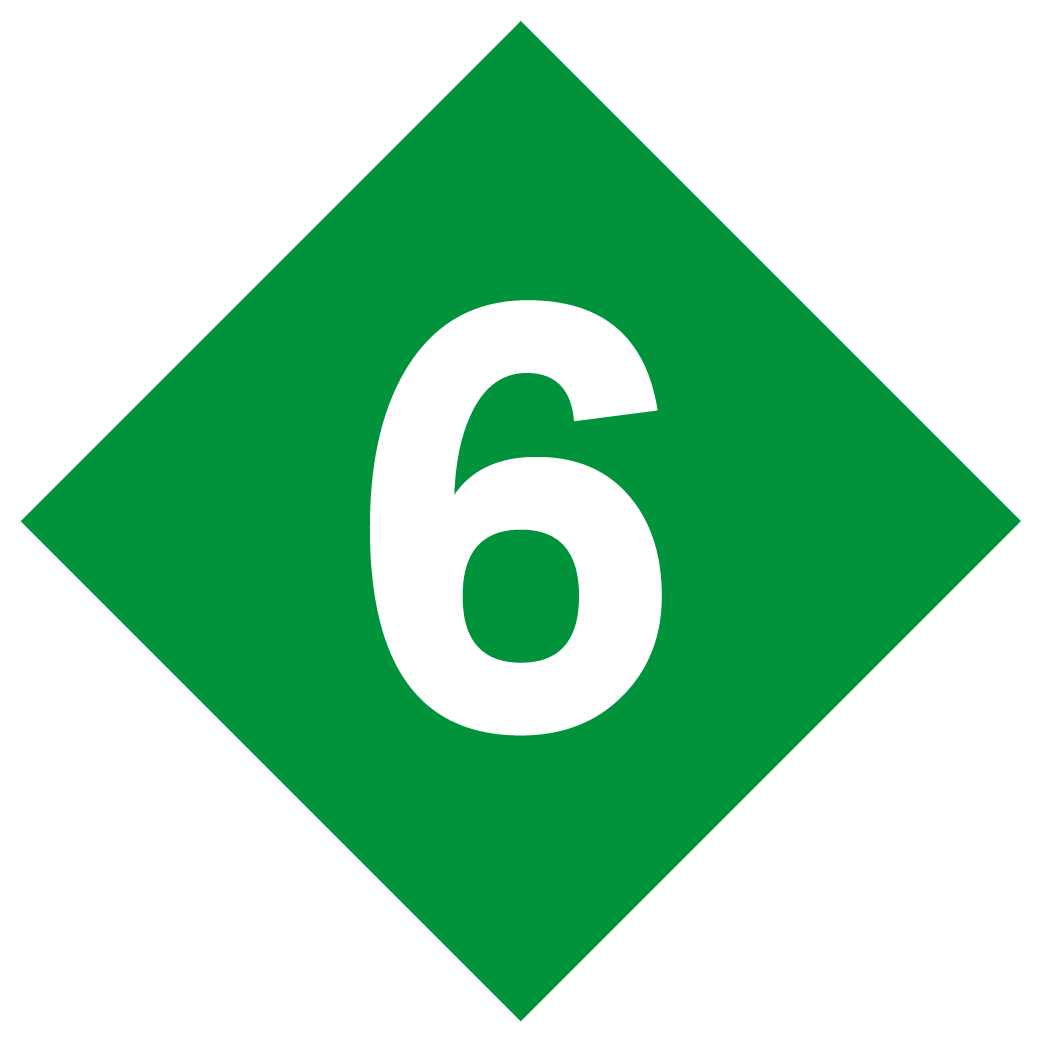

The Diamond-6 Express train operates during peak-direction rush hours and middays only as an important variation of the 6 train. As the R142A automated announcements say (not heard anymore since R62As came back to the 6 train) “This is a Bronx-bound 6 local train, making Express Stops in the Bronx.” These trains provide service along the entire route between Pelham Bay Park and Brooklyn Bridge, skipping 11 stops and saving 5 to 6 minutes of travel time. They also provide all service north of Parkchester when the route is in operation, with 6 local trains terminating there.
<6&glt; trains only operate in one direction at a time. To Manhattan leaving Pelham Bay Park from 12:30pm to 8:16pm, leaving Pelham Bay Park from 6:10am to 12:11pm. All <6&glt; trains return as 6 local trains in the opposite direction. Manhattan-bound diamond 6 trains do operate local from Parkchester to Hunts Point Avenue from 9:30am to 11:00am. This is done for operational reasons at the end of rush hour to allow regular (6) Parkchester-bound 6 trains to run express north of Hunts Point Avenue and terminate on the express track at Parkchester for easier yard access.
Trains exclusively use R162A subway cars with old fashioned roll signs that have been retrofitted with LED lights around the subway bullet that can display a Green Circle or a Red Diamond allowing the routings to be accurate in both directions (previously reverse peak <6&glt; trains were still signed as diamond 6 trains even though they were operating local in the opposite direction). These were originally created for 7 trains to reduce passenger confusion.
Historically, peak-direction express service along the Pelham Line (always local in Manhattan) began operating in 1946, after the express tracks were properly signaled. <6&glt; trains operated only during rush hours until 1994, when Midday <6&glt; train service was established, this involved replicating the rush hour service pattern, instead of having half-of-all midday 6 trains short-tern at 3 Avenue-138 Street (since there is greater capacity needs on the 6 in Manhattan than in the Bronx).